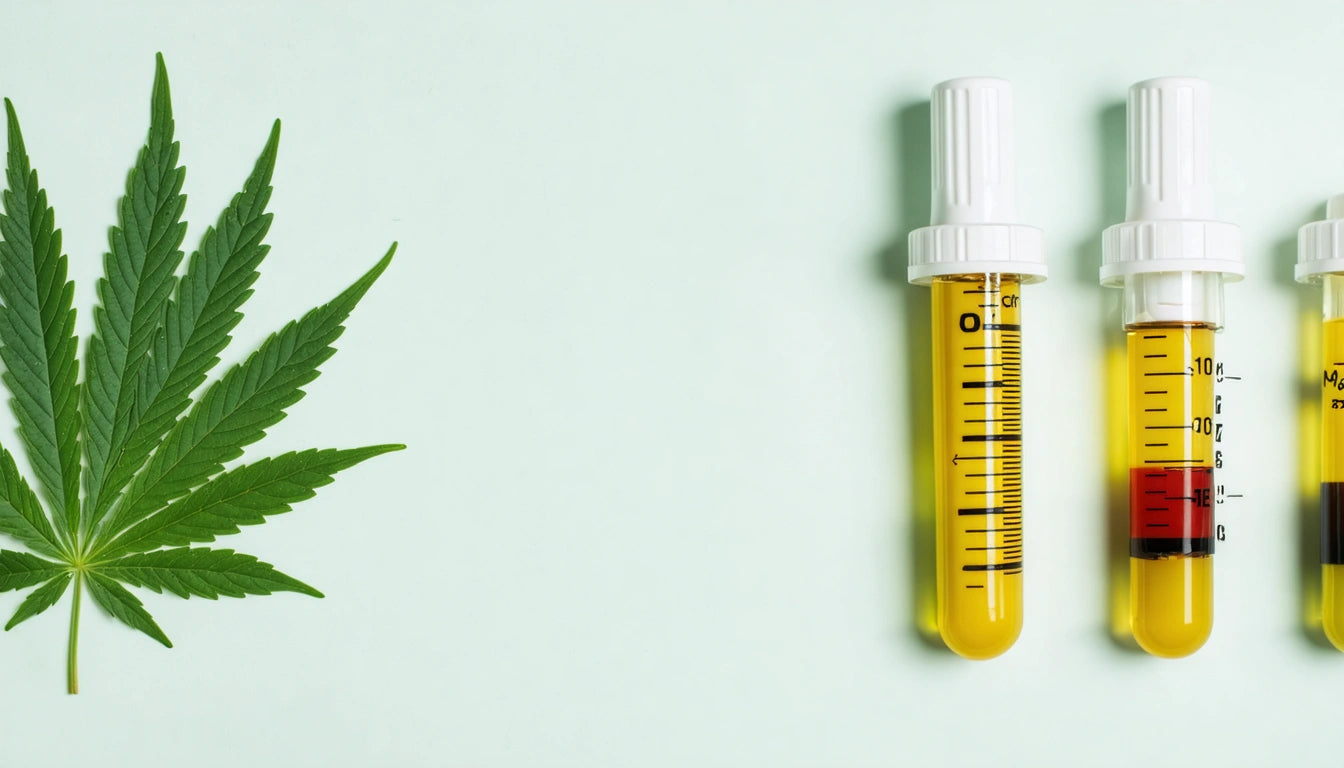Table of Contents
Edible Packaging? Here's How Seaweed and Rice Paper Are Disrupting Waste
The packaging industry is experiencing a revolutionary shift toward truly zero-waste solutions. Edible packaging, particularly those made from seaweed and rice paper, represents an innovative approach that eliminates waste by making the container part of the product experience. As consumers increasingly demand sustainable alternatives to traditional packaging, these consumable materials are gaining traction across multiple industries.
The Edible Packaging Revolution
Edible packaging fundamentally reimagines the relationship between product and container. Rather than creating materials designed to protect products and then be discarded, edible packaging integrates the container into the consumption experience. This approach addresses waste at its source by eliminating the very concept of packaging waste.
According to industry experts, the market for edible packaging is projected to grow significantly as brands seek alternatives to conventional plastic. This shift is driven by both consumer demand and increasing regulatory pressure to reduce single-use packaging waste.
Seaweed Packaging: Ocean-Based Solutions
How Seaweed Becomes Packaging
Seaweed-based packaging utilizes alginate, a natural polymer extracted from brown seaweed. This material can be processed into films, pouches, and even bubble-like containers that dissolve in water or can be safely consumed. The production process involves harvesting seaweed, extracting the alginate, and forming it into the desired packaging shape.
Current Applications
Innovative brands are already implementing seaweed packaging in various forms:
- Single-serving condiment packets that dissolve into soups or sauces
- Beverage containers that add flavor when consumed
- Food wraps that preserve freshness and can be cooked with the food
- Edible water bottles that eliminate plastic waste
These applications demonstrate how seaweed packaging can seamlessly integrate into existing product lines while dramatically reducing waste. For products requiring additional protection, these solutions can be combined with specialized protective closures that ensure product integrity while maintaining the overall sustainability goals.
Rice Paper Packaging: Traditional Material, Modern Application
Rice paper has been used for centuries in culinary applications, particularly in Asian cuisine. Today, its potential as a packaging material is being rediscovered and enhanced through modern manufacturing techniques.
Properties and Production
Rice paper is made from rice starch, water, and sometimes additional plant fibers. It creates a translucent, flexible material that can be molded into various shapes. The material is naturally biodegradable and edible, making it an excellent candidate for sustainable packaging solutions.
Modern production methods have improved rice paper's durability and barrier properties, allowing it to protect products effectively while maintaining its edible nature. As highlighted in this article on cutting-edge eco-packaging, rice paper can now be engineered to resist moisture for specific periods before naturally breaking down.
Benefits and Challenges of Edible Packaging
Environmental Advantages
The environmental benefits of edible packaging are substantial:
- Complete elimination of packaging waste
- Reduced carbon footprint compared to plastic production
- No microplastic pollution
- Lower water usage in production compared to many bioplastics
- Biodegradable even when not consumed
These advantages align with broader sustainability trends outlined in sustainable packaging trends for 2025, which emphasize waste elimination rather than just waste management.
Implementation Challenges
Despite its promise, edible packaging faces several hurdles:
- Moisture sensitivity and shelf-life limitations
- Higher production costs compared to conventional packaging
- Consumer education and acceptance barriers
- Regulatory compliance and food safety considerations
- Scaling production to meet commercial demand
These challenges are being addressed through ongoing research and development. For example, mushroom-based materials are being combined with edible films to create composite packaging with enhanced durability.
Implementation Strategies for Brands
Brands looking to adopt edible packaging can consider several strategic approaches:
Phased Implementation
Rather than overhauling all packaging at once, companies can introduce edible options for select product lines or limited editions. This approach allows for testing market reception and refining production processes before wider implementation.
Hybrid Solutions
Some brands are exploring hybrid packaging that combines edible elements with compostable or recyclable components. This approach addresses practical limitations while still reducing overall waste. For instance, a product might use edible inner packaging with a compostable outer layer for extended protection.
According to comparative studies on sustainable packaging options, these hybrid approaches can offer the best balance of functionality and environmental impact in the short term.
Future Innovations in Consumable Packaging
The edible packaging sector continues to evolve rapidly, with several promising developments on the horizon:
- Flavor-enhancing packaging that complements product taste
- Nutrient-fortified materials that add health benefits
- Smart edible packaging with color-changing properties to indicate freshness
- Custom-printed edible films using food-grade inks
- Edible packaging with extended shelf life through natural preservatives
These innovations suggest that edible packaging will become increasingly sophisticated and practical for mainstream applications. As materials science advances and consumer acceptance grows, we can expect seaweed, rice paper, and other edible materials to capture a significant share of the sustainable packaging market.
For brands committed to sustainability, edible packaging represents not just an environmental choice but a potential competitive advantage in an increasingly eco-conscious marketplace. By eliminating waste at its source, these innovative materials offer a glimpse into a truly circular future for packaging.











Leave a comment
All comments are moderated before being published.
This site is protected by hCaptcha and the hCaptcha Privacy Policy and Terms of Service apply.